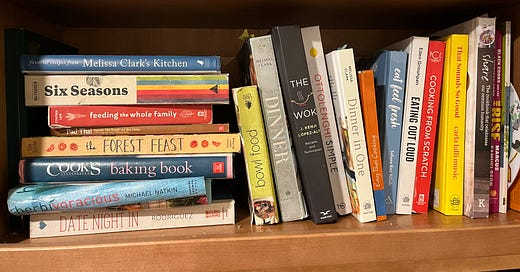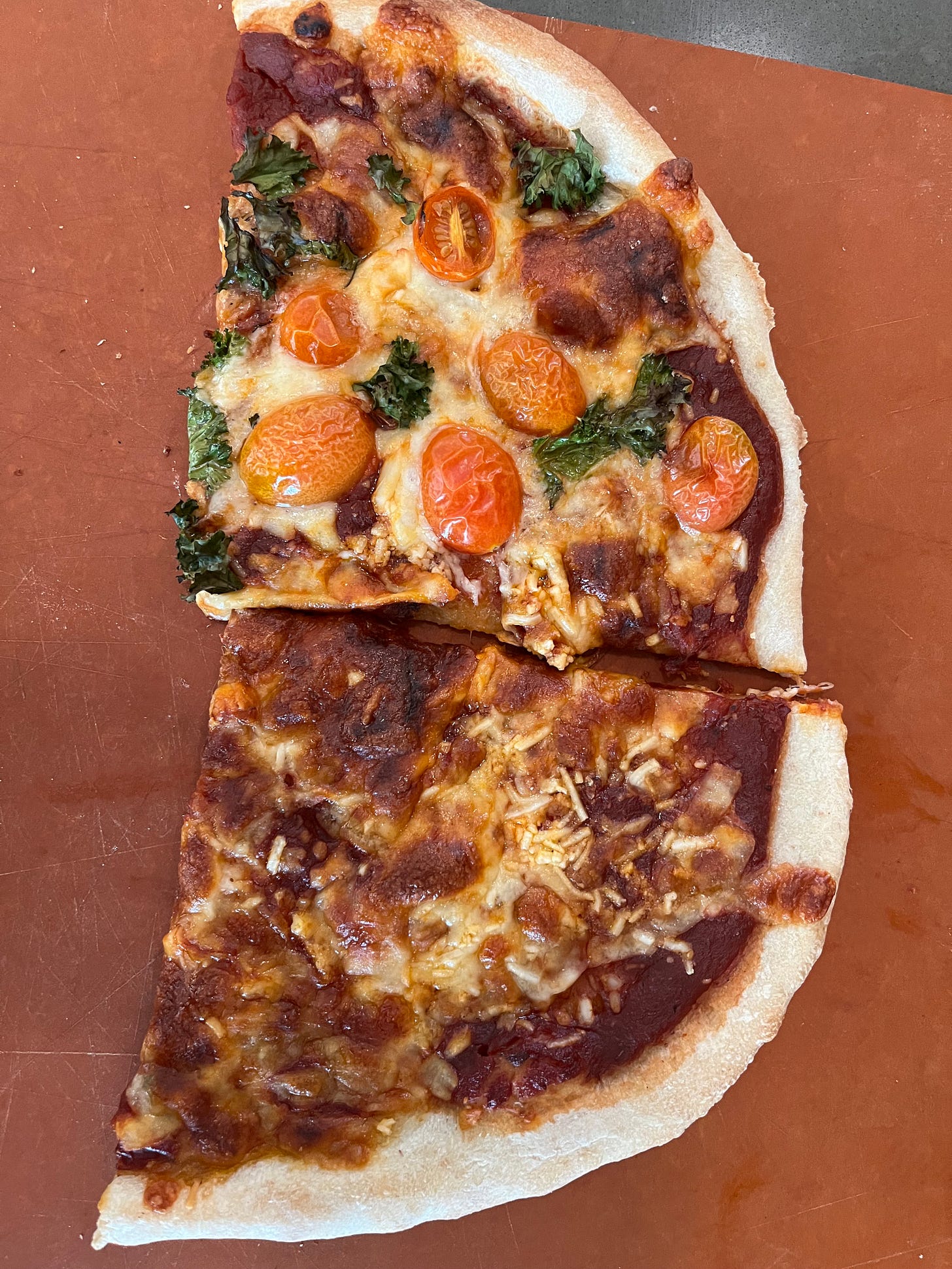What’s the most common thing people throw away in the US? It’s not plastic or packaging or paper; it’s food. In fact, over one-third of the food produced in the US is never eaten. That’s an astonishing amount of waste. According to the EPA, the resources that go into making all of this wasted food translate to:
42 coal-fired power plants worth of greenhouse gas emissions,
5.9 trillion gallons of water, or the amount used by 50 million homes,
14 billion pounds fertilizer, or enough for all plant-based foods we eat,
140 million acres of agricultural land, or the size of California and New York.
Approximately 500-1,000 pounds of food is wasted per American each year, with half of this waste happening in our homes and food service locations.
These issues are global. According to the EU:
In the EU, nearly 59 million tonnes of food waste (131 kg/inhabitant)* are generated annually with an associated market value estimated at 130 billion euros (Eurostat, 2022). Eurostat roughly estimates that around 10% of food made available to EU consumers (at retail, food services and households) may be wasted. At the same time, some 36.2 million people cannot afford a quality meal every second day (Eurostat, 2020).
[* that’s 288 pounds per person]
Globally, more than a third of all food produced for people is lost or wasted. (To learn about some of the challenges facing food supply chains in less developed countries, check out this fascinating piece on bringing cold chains to Rwanda from from the New Yorker).
I could go on, but you get the point. Food waste has massive environmental impacts AND 2.3 billion people across the globe are food insecure.
So, what can we do? The easiest and most immediate thing to do is eat all of the food you buy. Food that gets consumed isn’t wasted. In my experience, there are two ways to do this: a sad dinner every week or meal planning.
Sad dinners. Boy have I prepared and suffered through a lot of those. In my early 20s, I lived in Beijing and didn’t have to cook - restaurants were delicious, affordable, and plentiful. But when I moved back to the US, I couldn’t go out to dinner every night, so I started to cook in earnest for the first time in my life.
Before I got into the habit of planning my meals, I bought a random assortment of food at the grocery store and fumbled my way through a few staple meals each week. But inevitably, and usually on Thursday, dinner was “fridge surprise stir fry.” I made rice, cut up whatever vegetables we had, put it all in the wok with some sauce and a runny egg and — voila — an endless variety of uninspiring meals was born. Soggy rice stuck to vegetables. Never the right amount of spice. Looked like gruel; tasted even worse. We actually called in “goompus” - yes, that’s a made up word; yes, I make up lots of words; and yes, it’s an apt description of how those meals tasted.
After a few months years of sad dinners, I realized that something needed to change. We were eating, but not well. Fed, but not satiated. Cooking was a chore, and one that I struggled with. So I started buying cookbooks, beginning with How to Cook Everything. It was fine, but not exciting.
What really changed things for me was discovering Melissa Clark, a food writer I adore, and having a friend recommend an accessible Thai cookbook. These cookbooks allowed me to cook across cuisines I liked and to feel the pride that comes with preparing a serviceable curry or a roasted chicken that people actually want to eat.
That was great for a time, but it grew tiresome. I needed to move beyond my signature dishes to keep dinners fresh and interesting. Having spent years expanding my repertoire, here are my keys to cooking well and eliminating food waste in the process:
Plan your meals and grocery list together every week. I learned this one from my Mom. Every Saturday morning, I sit down and crack open 4-7 cookbooks (food blogs could substitute, but I like the experience of paging through physical books) to plan our menu for the week.
I try to add one dish that’s outside our current rotation that is easy, interesting, and has a chance of being eaten by one of my three kids. I combine this with a few other dinners, ingredients for lunches and breakfasts, and I’ve got my list. Next, and this is key, I shop my pantry, crossing off things that we have already. At this point, I’m ready to go to the grocery store, usually with one to three small helpers.
When you get bored of your cookbooks, go to the library or swap cookbooks with a friend. I’ve taken to checking cookbooks out from the library. Within a few days, I can determine if the cookbook meets what I’m looking for or if I’ve been deceived by delectable food photography.
Stock flexible, non-perishable staples. I pull from my pantry of canned vegetables, beans, lentils, coconut milk, and pasta at least once a week to add some punch to a meal.
If you have kids, don’t expect them to eat what you make. All three of my kids have liked the dinner I made twice in the last year. One was pizza. Once a kid starts to like a meal (Pad Thai, quesadillas, things with the color green) another child will decide that they absolutely, positively, cannot eat that food. For kids, I’ve found that it’s critical to:
Identify vegetables they eat that can be prepared quickly;
Make noodles when you know they won’t touch the meal;
Learn how to make pizza; and
Have enough yogurt, cereal, and PB&J stocked for them to eat something once they’ve tried to dinner you made.
Leftovers for lunch. This reduces food waste and increases the incentive to make something good for dinner. The only thing more sad than “sad fridge stir fry” is having it for lunch the next day.
Shop and cook seasonally. Seasonal food is less expensive and has a lower environmental impact than foods that need to be transported across the globe. I’ve found that cooking seasonally helps me mark the passage of time. For example, asparagus is half the price it was two weeks ago, so I’m starting to plan for and cook with it. To that end, I have a seasonal cookbook I often turn to.
A pleasant surprise from all of this meal planning and cooking is that I now enjoy my time in the kitchen. What used to be a chore is now the one time of the day that I can focus on honing a skill that provides immediate feedback and doesn’t require looking at a screen. I’ve even figured out how to make a serviceable pizza. It isn’t as good as the ones we get delivered…yet.





Thank you for writing this article JR. It is is very timely as I just had a conversation with my wife about wasting food. We are not always keen on leftovers which tells me now I made a sad dinner. I am inspired to make do better.
Great strategies for reducing waste! We like quesadillas for using up veggie leftovers. Who can be sad when there's cheese? Fried rice is also a winner.